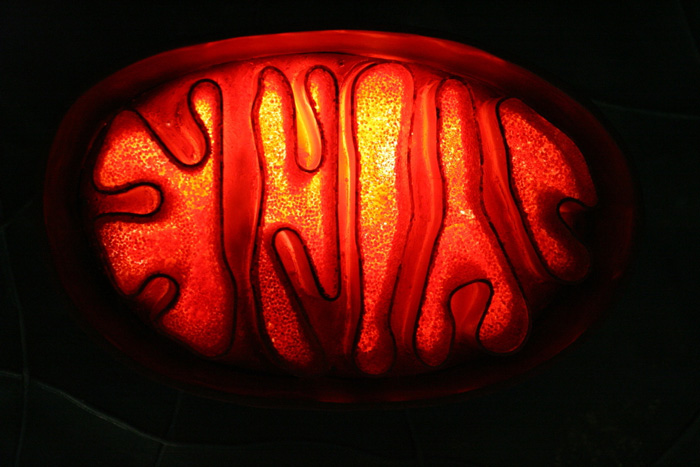Guest post by Mathieu Hénault. #TAGC16 Shorts are brief summaries of presentations at The Allied Genetics Conference, a combined meeting of seven genetics research communities held July 13-17, 2016 in Orlando, Florida.
Most traits are controlled by more than one gene, and interactions between the effects of genes (GxG) can modify phenotypes in a non-additive manner; this phenomenon is called epistasis. Results presented by David M. Rand at The Allied Genetics Conference support the idea that phenotypes may be under an even more complex control: GxG interactions can depend on the environment (E), giving rise to higher-order GxGxE interactions.
Rand’s team looked at GxG interactions between nuclear and mitochondrial genomes (mitonuclear interactions). Defects in these interactions are known to cause many human diseases. The team engineered a panel of Drosophila fruit flies that have mitochondria from foreign strains, creating new combinations of previously unmatched nuclear and mitochondrial genomes. They grew these strains on four different types of food and observed extensive phenotypic variation among mitonuclear genotype combinations (GXG), notably in development time. In some cases, time required for pupae eclosion for a particular mitonuclear genotype varied strikingly with the diet of the flies, revealing the presence of GxGxE interactions.
This study suggests that, for a gene to produce a phenotype, the challenge of interacting with different environments may be as great as the challenge of interacting with related genes. This layer of interactions goes beyond the complexity introduced by epistasis and makes the course of evolution harder to predict. The results also suggest the success of mitochondrial replacement therapies will likely depend on interactions between source mitochondrial genotypes and recipient’s nuclear genotypes, which may themselves depend on the environment experienced by each individual.
TAGC Program Number P396
Can epistasis or GxE be predictable? Lessons from mitonuclear interactions in Drosophila.
D.M. Rand, J. A. Mossman, L. A. Biancani, C.-T. Zhu. Brown Univ, Providence, RI.
Article : http://www.genetics.org/content/203/1/463

Mathieu Hénault
About the author:
Mathieu is an undergraduate student in Dr Christian R. Landry’s lab at Université Laval (Quebec City, Canada). His research interests are mitonuclear interactions and microbial speciation. http://landrylab.ibis.ulaval.ca/













